Top 8 Things You Can See With a Small Telescope
Last Updated on

Congratulations! You’ve taken the plunge and purchased a telescope. You’ve set it up, twisted the dials and knobs, read the manual, fastened it to the tripod, pointed it at the sky… and now what? While you can have a great time just pointing your telescope at various stars and trying to get a closer look, you might end up missing out on some of the best sights the night sky offers. We’ve compiled a list of the top 8 objects to find when you’re starting out, and we’ve recommended the best guides available to keep you going.
RELATED READS: A rundown of the best budget telescopes on the market
Getting Started
Find a guide before you start scoping to help you locate the objects below. This will reduce frustration and ensure you’re getting the most out of your telescope. We recommend the book 50 Things to See with A Small Telescope by John A. Read. This is the best book for beginners and an essential resource if you’re just starting out.
8 Things You Can See with a Small Telescope
1. The Moon
This one’s probably obvious. But viewing the moon through a small telescope will give you the best bang for the buck. For added interest, try to identify some of the moon’s most prominent features, such as the Copernicus crater or the Mare Tranquillitatus. Check out the National Geographic: Earth’s Moon Wall Map to learn more about landmarks you can spot in your scope.
Tips & Tricks for Viewing the Moon
- Don’t use full power on your telescope. Too much magnification will create a shaky image. Try to aim for about half of your telescope’s magnification potential for the clearest picture.
- Wait to view the moon until a few days after the first quarter. The moon will be at ideal brightness, and the terminator (the line where the sunlight ends) will create dramatic contrasts and shadows.
- Avoid viewing the full moon. It’ll be too bright to see clearly.
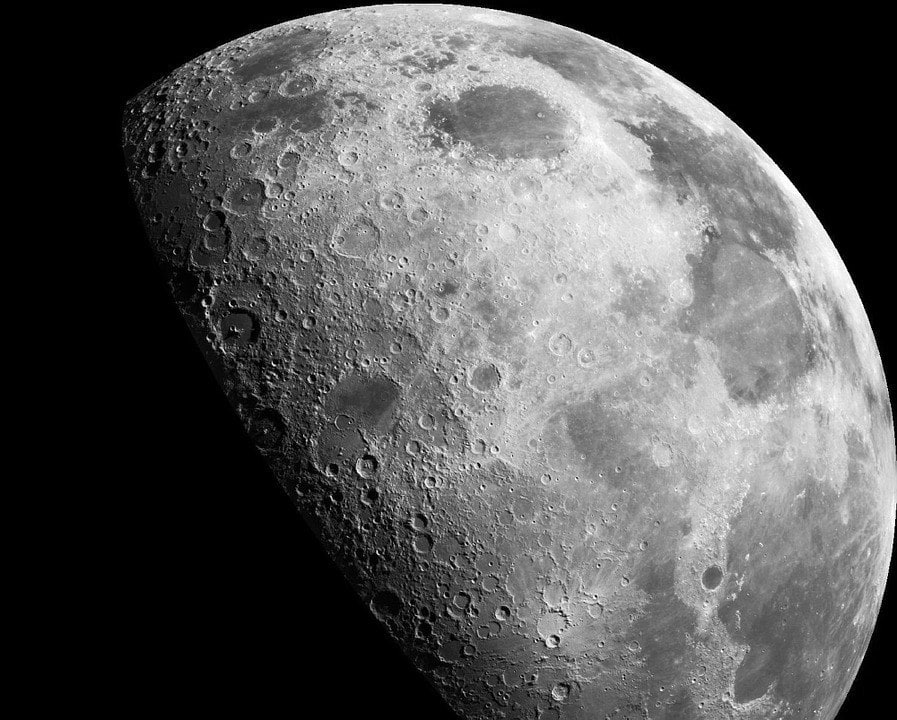
2. Mars
It’s hard to believe our recent ancestors believed they could see hand-crafted channels across the Martian surface. But that doesn’t mean our red planet neighbor is any less interesting. If you want a good look, though, you’ll need to be patient. Mars only comes near enough to Earth for detailed viewing once every 780 days. That’s not to say you can’t still look for it in the night sky. A telescope can turn Mars’s red pinpoint of light into a living disc-like object.
Tips & Tricks for Viewing Mars
- Use a red light filter to pick up surface details.
- Wait to view Mars at opposition. This is when it is directly opposite the sun in the night sky. Aim for the 4-6 weeks around opposition for the best images.
- View on clear, dust-free nights for the best resolution. Atmospheric haze can distort and blur the details of your image.
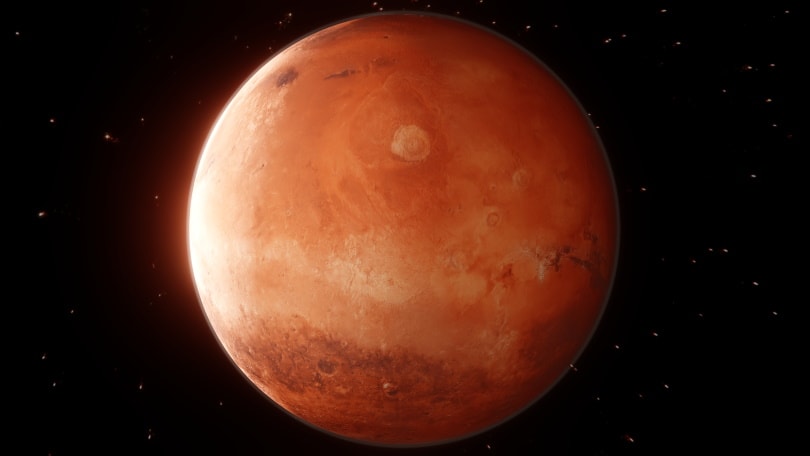
3. Jupiter and the Galilean Moons
Our solar system’s largest planet is a great target for beginning astronomers. If you leave enough field of view around it through your lens, you’ll also get to see its 4 largest moons, also known as the Galilean Moons: Io, Ganymede, Callisto, and Europa. If you get a clear shot, you may be able to see Jupiter’s belts, as well, or the infamous Great Red Spot.
Tips & Tricks for Viewing Jupiter
- Don’t worry if you can’t see all 4 Galilean Moons right away. Since they’re in orbit, one may be hiding behind the planet.
- Use a blue filter for a clearer picture of the Great Red Spot.
- View in an area without clouds or light pollution for best results.
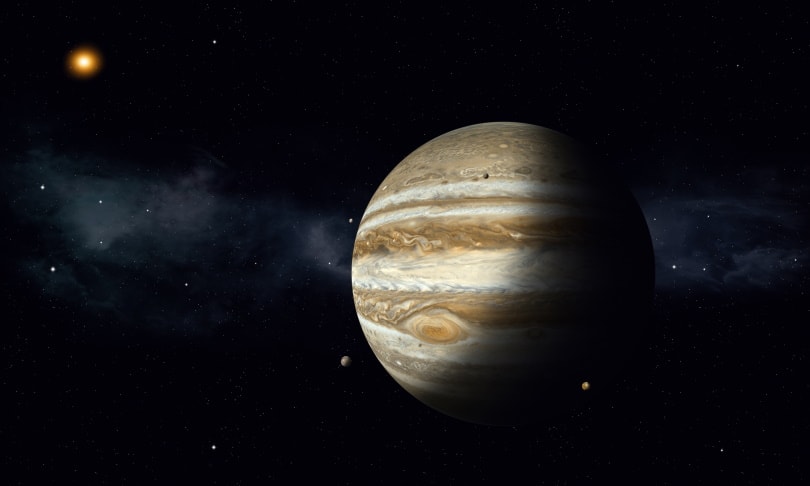
4. Saturn and Its Rings
Seeing Saturn and its infamous rings through a telescope is one of the most popular attractions for astronomers. With a clear sky, you should be able to discern the black Cassini Division between the prominent A ring and B ring, and you might be able to see its striped belts and zones. With a good telescope, its largest moon, Titan, might also make an appearance.
Tips & Tricks for Viewing Saturn
- Wait for the planet to be in opposition, which means it’s on the opposite side of Earth as the sun. This will make it clearer and provide better viewing.
- Use a yellow filter to get better details of the rings, zones, and belts.

5. The Pleiades Star Cluster
Also known as the Seven Sisters, the Pleiades Star Cluster is a group of thousands of bright stars which are visible to the naked eye. Fall and winter are the best seasons to see the Pleiades, when they become visible just after sunset in the southern sky.
Tips & Tricks for Viewing the Pleiades
- Find the constellation Orion. Orion’s Belt is one of the easier star groups to locate in the night sky. Use Orion’s Belt like a pointer and follow it in a straight line (in the direction Orion’s arrow would fire) until you hit the bright star cluster.
- You’re likely to see 5 prominent stars if you view the cluster through a telescope. That’s because the light magnitude of the largest stars in the cluster outshine the others.
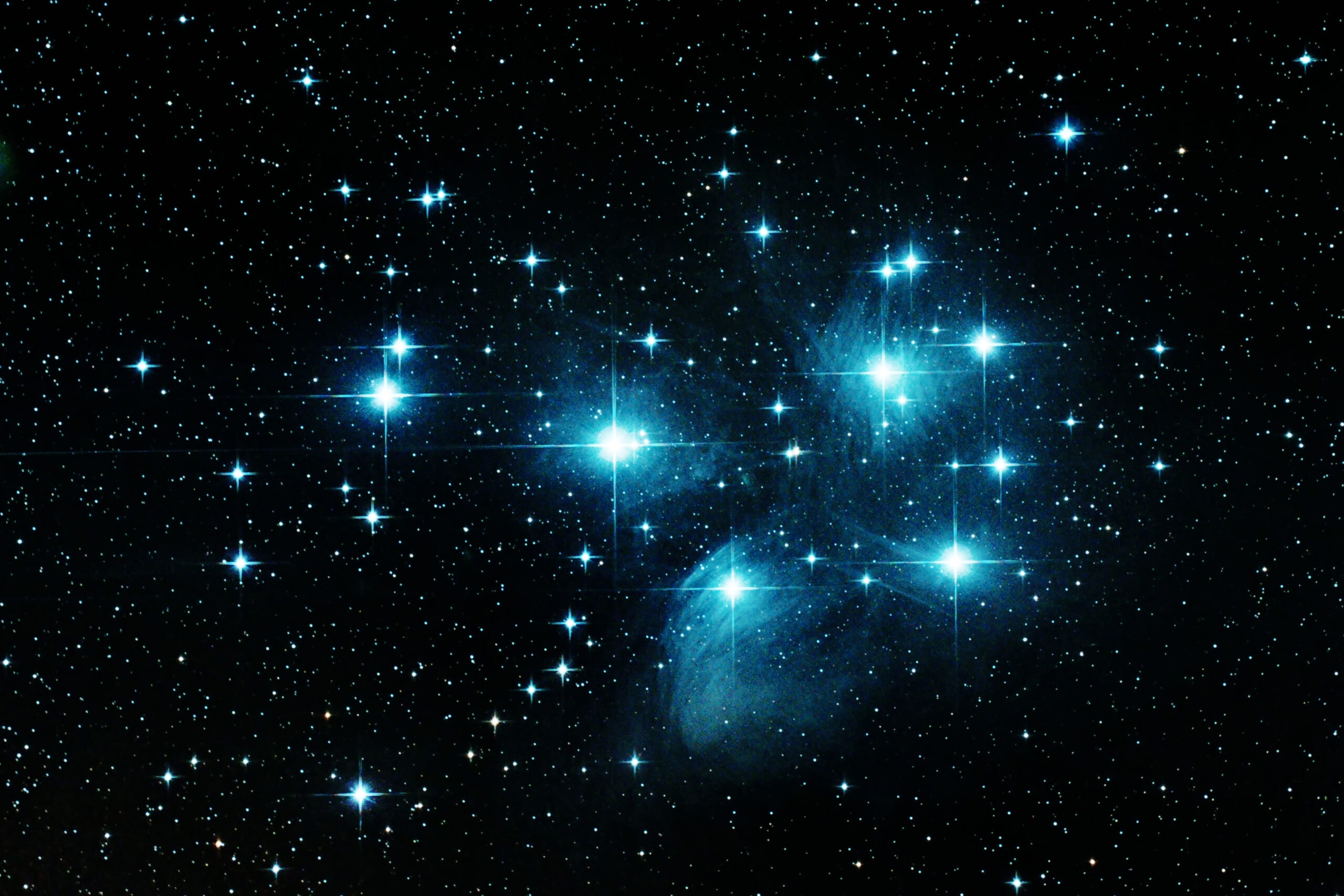
6. The Orion Nebula
Visible from late fall to early spring, the Orion Nebula is an active birthplace of stars. You can see it with the naked eye if you look just below Orion’s Belt in the constellation, but through a telescope you’ll get a sense of its dust and gas clouds. Because it’s large and bright, you’ll still have luck trying to view it from populated areas, though for the best imagery you should seek out darker skies.
Tips & Tricks for Viewing the Orion Nebula
- View in low moonlight or during a new moon for the clearest image.
- Try spotting it with binoculars first, then use your telescope to zero in on the image.
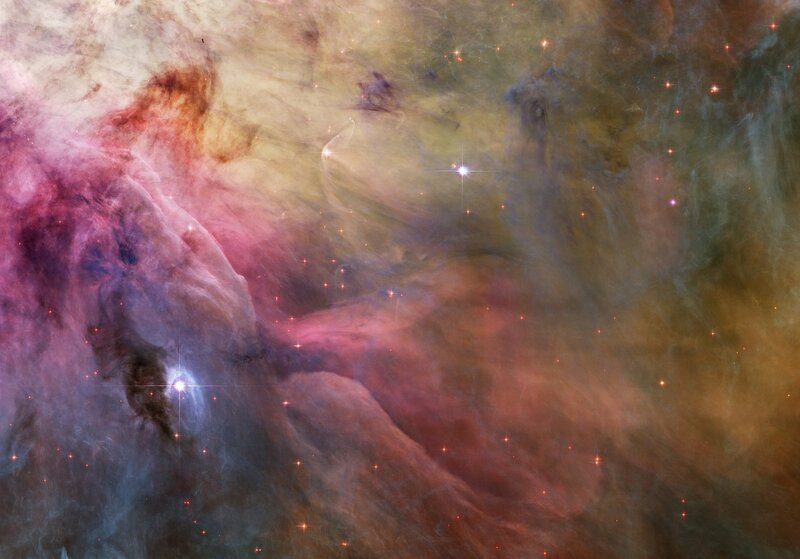
7. The Andromeda Galaxy
Andromeda is the nearest galaxy to our own, and the most distant night sky object you can view with your naked eye. It’s also set to collide with the Milky Way galaxy in the next 4 billion years, so you should observe it while you still can. Filled with stars, black holes, pulsars, and other objects, its trillion stars make it more populous than our galaxy, but the Milky Way is still larger and contains more dark matter. Seeing this in the night sky can be humbling and fascinating.
Tips & Tricks for Viewing the Andromeda Galaxy
- Start out with a star chart or the app we suggested above. This will help you locate it between the Pegasus and Cassiopeia constellations (the right side of Cassiopeia’s “W” formation points right to it).
- Stay away from light polluted areas for best viewing.
- Be patient! The Andromeda Galaxy is faint and can be difficult to find for beginners.

8. Albireo
The name for the binary star Beta Cygni, Albireo looks like one object to the naked eye. In your telescope, you’ll discover two stars, one bright orange and one blue, which look close together but are actually 380 light years apart. This star pair is hiding out in the constellation Cygnus and is a rewarding and unique find for beginners.
Tips & Tricks for Viewing Albireo
- Find the constellation Cygnus, or the Swan, on your app or using a star chart. Deneb is the brightest star in Cygnus, and it comprises the tail of the constellation. Albireo is directly opposite, the head of the Swan.
- You’ll need roughly 100x magnification before you start to see the division between the two stars. Most small telescopes should be able to see it without a problem.

Conclusion
The list goes on and on. The night sky is full of wonders, and now that you’re familiar with a few of the top sights to see, it’s time to branch out and explore the cosmos. Remember to grab a good sky guide, such as 50 Things to See with A Small Telescope by John A. Read, purchase a good app, and above all be patient. It can be tricky learning to spot objects with a telescope, but your patience and persistence will pay off.
Featured Image Credit By Pixabay
Table of Contents
- Getting Started
- 8 Things You Can See with a Small Telescope
- 1. The Moon
- Tips & Tricks for Viewing the Moon
- 2. Mars
- Tips & Tricks for Viewing Mars
- 3. Jupiter and the Galilean Moons
- Tips & Tricks for Viewing Jupiter
- 4. Saturn and Its Rings
- Tips & Tricks for Viewing Saturn
- 5. The Pleiades Star Cluster
- Tips & Tricks for Viewing the Pleiades
- 6. The Orion Nebula
- Tips & Tricks for Viewing the Orion Nebula
- 7. The Andromeda Galaxy
- Tips & Tricks for Viewing the Andromeda Galaxy
- 8. Albireo
- Tips & Tricks for Viewing Albireo
- Conclusion
About the Author Robert Sparks
Robert’s obsession with all things optical started early in life, when his optician father would bring home prototypes for Robert to play with. Nowadays, Robert is dedicated to helping others find the right optics for their needs. His hobbies include astronomy, astrophysics, and model building. Originally from Newark, NJ, he resides in Santa Fe, New Mexico, where the nighttime skies are filled with glittering stars.
Related Articles:
Monocular vs Telescope: Differences Explained (With Pictures)
Can You Use Binoculars to Look At Stars? How to Choose the Right Pair
How to Clean a Refractor Telescope: Step-by-Step Guide
How to Clean a Telescope Eyepiece: Step-by-Step Guide
How to Clean a Rifle Scope: 8 Expert Tips
What Is a Monocular Used For? 8 Common Functions
How to Clean a Telescope Mirror: 8 Expert Tips
Brightfield vs Phase Contrast Microscopy: The Differences Explained
